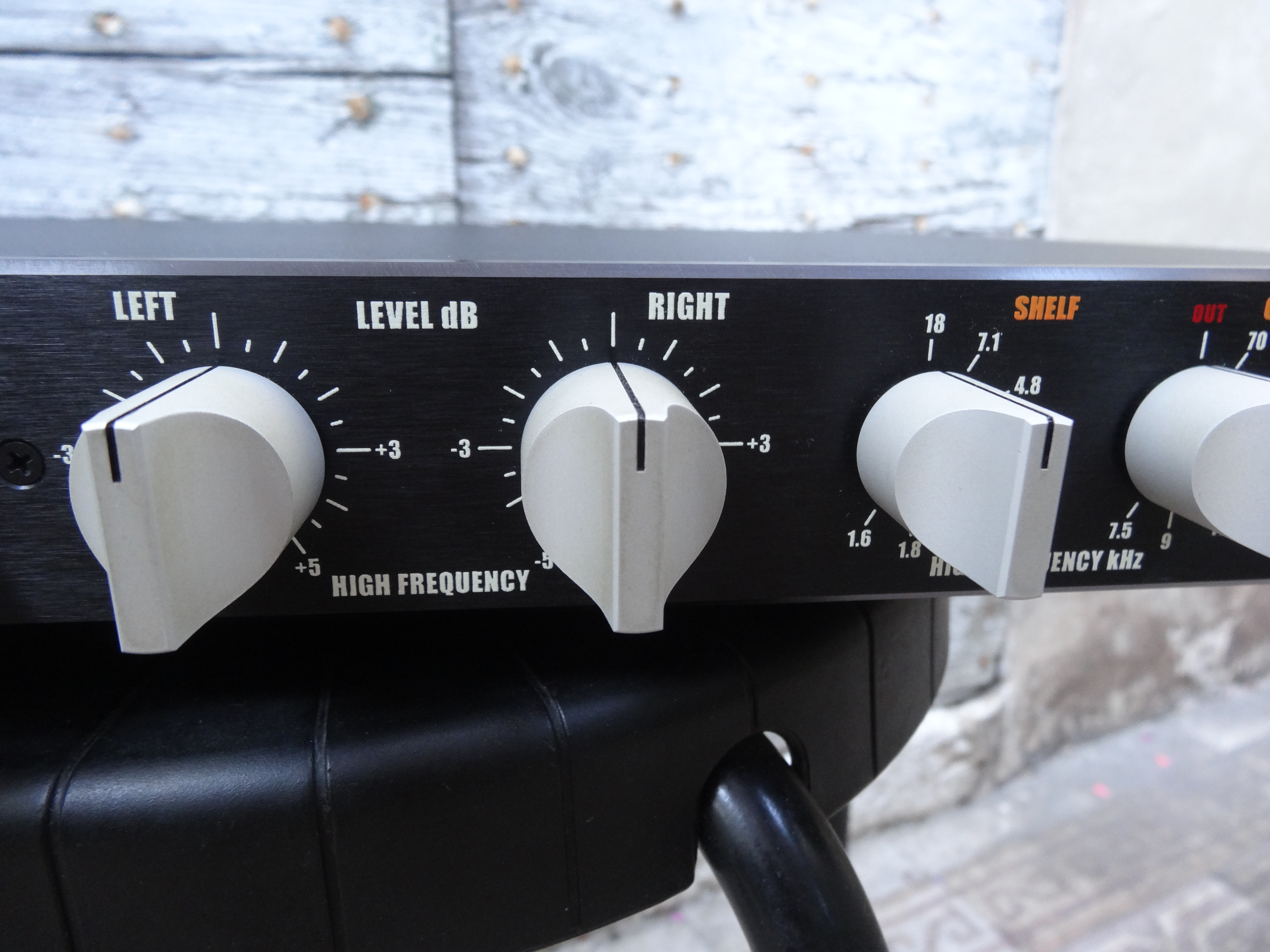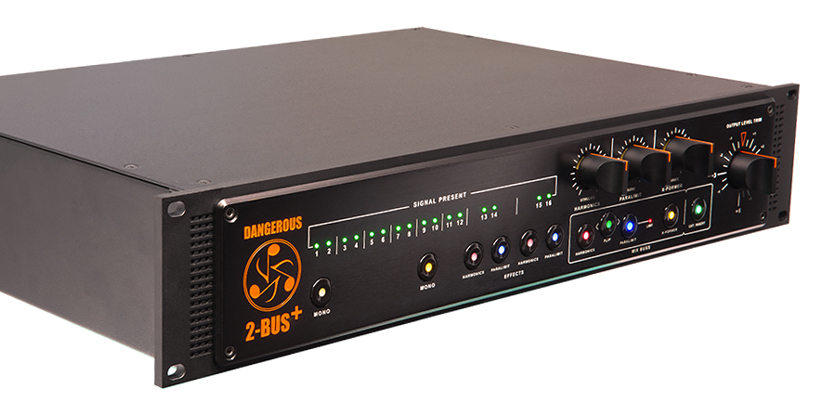Be sure to read Stuck In The Mix Part 1: How To Keep Your Perspective on a Mix, it's not required reading but it comes highly recommended
 Alright, it’s the morning after, you’re fresh, you’re objective, there is no drummer in the room, no Facebook update to worry about, your monitoring system is better calibrated and no longer sucks as bad, and you know mostly where and how the remaining suck is affecting your perception AND, you have just listened to your favorite reference (Old school Britney works wonders to motivate one to do better in life in general).
Alright, it’s the morning after, you’re fresh, you’re objective, there is no drummer in the room, no Facebook update to worry about, your monitoring system is better calibrated and no longer sucks as bad, and you know mostly where and how the remaining suck is affecting your perception AND, you have just listened to your favorite reference (Old school Britney works wonders to motivate one to do better in life in general).
You’re ready. You are the Fixer. 
Your bad mix is trembling in its boots, fearing for its badness.
You will come, hear, and conquer.
Go ahead play it. As is. Just play it. No wincing, no crying. Take it like a champ.
Breathe thru the nose. Space bar. Boom.
So it sucks, you already knew that, but what is the problem?
You can probably tell now because you’re fresh, you’re objective, etc, etc… The mix is bright/dull/lifeless/boomy as hell/boring/annoying/physically painful to listen to and definitely not as cool as the Britney reference you just heard.
Now, the question is WHY? Why is it dull? Why is it boomy?
If you are mixing guitar/vocal singer-songwriter music with two tracks and one reverb, it should be pretty easy to figure out (hint: it’s usually the song).
But what of the 60+ track extravaganza with complicated routing, cascaded levels of compression and unnamed tracks, busses and audio files? That’s a tough one. What is the issue? Where is the issue? It’s not that obvious, is it?
 The first reflex when hearing a bright or dull mix is to add an EQ across the master bus and call it a day. Unfortunately, it’s rarely that easy. Most of the time the vocal is insanely bright but there is always some other key instrument that sounds like marshmallows screaming through a woolen blanket. If you dull the vocal, the marshmallows will be negatively affected. The blanket might complain.
The first reflex when hearing a bright or dull mix is to add an EQ across the master bus and call it a day. Unfortunately, it’s rarely that easy. Most of the time the vocal is insanely bright but there is always some other key instrument that sounds like marshmallows screaming through a woolen blanket. If you dull the vocal, the marshmallows will be negatively affected. The blanket might complain.
Not a problem! You can just go to the individual offending track and EQ that vocal/snare/guitar/bass kazoo properly, et voila (as we say over there). Ah but, that’s not good either. Something else fell apart. Somehow. There is always a problem. You push the bass drum, the snare gets lost, you fatten the bass, the whole mix loose level, you raise the vocal and the guitars sound like they just came for the marshmallows.
 Mixes are incredibly complicated and intricate houses of cards (Not Games of Thrones, Houses of Cards) that collapse rapidly if someone touches the wrong track/switch/knob. And ‘someone’ includes you, even though you own the key to the house. That is why when the singer asks at the end of a finished mix: ‘Hey, this sounds great, can you raise the vocal a bit?’ my standard answer is ‘Maybe, I’ll see what I can do’. That said, when your mix sucks, there is no reason to be prissy while looking for the remedy. The equilibrium you built is not working, so you might as well pull a few cards from the house and see what happens. Just not the bottom cards, top one first.
Mixes are incredibly complicated and intricate houses of cards (Not Games of Thrones, Houses of Cards) that collapse rapidly if someone touches the wrong track/switch/knob. And ‘someone’ includes you, even though you own the key to the house. That is why when the singer asks at the end of a finished mix: ‘Hey, this sounds great, can you raise the vocal a bit?’ my standard answer is ‘Maybe, I’ll see what I can do’. That said, when your mix sucks, there is no reason to be prissy while looking for the remedy. The equilibrium you built is not working, so you might as well pull a few cards from the house and see what happens. Just not the bottom cards, top one first.
In this spirit, I’d like to share a few ways to quickly zero in on what might be wrong with your mix when you are stuck in a rut.
 Over time, you may find yourself using these ideas WHILE you mix, which could help you save yourself a lot of grief in the first place. As Lao Tzu always says, "preventive medicine is always better than putting a band aid on cancer" (or something like that)
Over time, you may find yourself using these ideas WHILE you mix, which could help you save yourself a lot of grief in the first place. As Lao Tzu always says, "preventive medicine is always better than putting a band aid on cancer" (or something like that)
Anyway.
I have found, and Lao Tzu might confirm, that the number one culprit of lackluster mixes is ill managed 2-bus processing (or mix bus, master bus, whatever you want to call your final chain of inserts). Because we work on DAWs and because we use plugins, we get no visual feedback on what is going on inside those rarely minded plugins. They sit alone on the edge of the world where no mouse goes. They toil in darkness and impunity so they are bound to derail the program if not properly supervised.
 Basically, a 2-bus processing chain is hard to manage, especially the compression / limiting part since average levels rise inexorably during mixing and few people ever think of adjusting the threshold of their 2-bus compressor as they go. Without that needle/bar graph screaming at you, you might miss that you're crushing your mix beyond reprieve.
Basically, a 2-bus processing chain is hard to manage, especially the compression / limiting part since average levels rise inexorably during mixing and few people ever think of adjusting the threshold of their 2-bus compressor as they go. Without that needle/bar graph screaming at you, you might miss that you're crushing your mix beyond reprieve.  And, you all won't be aware of the fact that you have made every mixing decision listening to a crushed approximate emulation of a not so hi-fi VCA based compressor from 40 years ago. Which means that, since it’s hard to hear cascaded compression, you are probably over compressing everything in the mix, without even knowing it.
And, you all won't be aware of the fact that you have made every mixing decision listening to a crushed approximate emulation of a not so hi-fi VCA based compressor from 40 years ago. Which means that, since it’s hard to hear cascaded compression, you are probably over compressing everything in the mix, without even knowing it.
The first thing to do when lost in a mix is to turn OFF your 2-bus compressor. Since you are in a dire situation (let’s not forget that your mix is not as good as Britney’s mix), it is very likely that somewhere along the line you lost your legendary self-control and your 2-bus compressor bypass state is vastly different in level from your enabled state. Resist the urge to turn it back on. It’s hard but you can do it. Believe in yourself. You can do. One more rep.

Yeaaaaarrrrrrrr.
Adjust your monitoring volume/master fader to compensate for the loss in energy instead. That's what real men do. Real women would never be in this situation in the first place.
 Ok now. You can hear the girl without the main corset. She can breathe better. Of course, if you are using stems or subgroups you may have a problem with the compressors there. Turn those off too. You might like it. Tape emulation plugins are common culprits too and maximizers too. And distortion plugin tends to be the reason why a track distorts.. But you knew that.
Ok now. You can hear the girl without the main corset. She can breathe better. Of course, if you are using stems or subgroups you may have a problem with the compressors there. Turn those off too. You might like it. Tape emulation plugins are common culprits too and maximizers too. And distortion plugin tends to be the reason why a track distorts.. But you knew that.
Basically any compressor/processor that is not directly participating in some instrument shaping activity at the track level deserves a look see because they get hit by a lot of level without you thinking about them specifically.  For example, when trying to make a bass drum fatter using low-end eq, it is hard to keep track of the reaction of the compressor after the EQ, let alone the one on the drums bus, and then the one on the music bus and then the one on the main bus and then the couple parallel compression buses you set up and let’s not forget the ‘rear bus’ thing you ripped from Andrew Scheps’ mixing Ziggy Marley video, as well as that super awesome console emulation plugins suite you have on every group bus from here to Chattanooga.
For example, when trying to make a bass drum fatter using low-end eq, it is hard to keep track of the reaction of the compressor after the EQ, let alone the one on the drums bus, and then the one on the music bus and then the one on the main bus and then the couple parallel compression buses you set up and let’s not forget the ‘rear bus’ thing you ripped from Andrew Scheps’ mixing Ziggy Marley video, as well as that super awesome console emulation plugins suite you have on every group bus from here to Chattanooga.
You just wanted to push 5 dB @ 60Hz dammit. Why is it so hard?? Because it is impossible to keep track of that stuff and be creative unless you are über disciplined. (Beware of surge mixing). And creativity and discipline tend to not mix. (Especially for drummers). No matter what, all that cascaded processing will eventually become unruly, autocratic, and ruin your life while making fun of you amongst itself.
But there is hope because now that no one is passively crushing your work (the 2-bus compressor is still off right?), you have regained perspective and eventually you’ll find one or several key tracks that are at the root of the issue. HINT: It’s usually the one(s) that have 10 plugins on them. Including, but not limited to, three EQs, two compressors, one of two saturation plugins of sorts, some delays, and some effects. All absolutely necessary of course. You know all the plugs are absolutely necessary because the sound is not ‘as good’ if you turn any one of them off at once.
The only way out of this situation is to remove all plugs on that track and start over.
Promised. You got nothing to ‘lose’ anyway. The mix sucks anyway right?
If you feel squeamish, duplicate the track first (But it’s not very brave of you), and then start fresh.
Then make sure you limit the amount of processing you use on problematic tracks. Limit the amount of processing you use on all tracks period, especially if you are not yet able to sense or feel how your downstream chain reacts to what you do at the track level.
 Can you not hear this compressor at your feet? Patience grasshopper, it’ll come.
Can you not hear this compressor at your feet? Patience grasshopper, it’ll come.
 Now that you have removed all the elephants that were sitting on your mix, you will still have problems because the heavy compression pushed back against everything you did while you were mixing and some very odd balances may have appeared when you turned it off. Your bass / bass drum combo may now have lost its smooth linear backbone and look more like this:
Now that you have removed all the elephants that were sitting on your mix, you will still have problems because the heavy compression pushed back against everything you did while you were mixing and some very odd balances may have appeared when you turned it off. Your bass / bass drum combo may now have lost its smooth linear backbone and look more like this:
To reset core balances quickly without getting overwhelmed by all the ear candy that is already in the track, and clouding your judgment, the best practice is to do specialized listening passes to regain perspective about what it important and what is not.
A great way to do this is to listen to the song in logical and illogical pairs.
Vocals and bass only, drums and bass only, drums bass and vocals, guitars and vocals but also, drums and vocals, synths and percussions, etc, etc… All the way thru.
Also listen to the instrumental, the acapella, etc,etc...
Make sure you listen to the whole song and take notes because listening to the whole song in this manner lets you hear the subplots to the main story and hear how those progress over the course of the song. Balance problems will scream at you when you do this. You can trim accordingly and rebalance the whole mix in broad strokes before the next pass.
Sometimes you may find that it’s very hard for you to make the track grow properly when you decrush it. For example, you may have drums coming in only on the 2nd verse where everything is already so full that there is no room left for the drums. (or Orchestra/Percussion ensemble/60 tracks of background vocals, etc, etc…)
The solution to that is to start with the end of the song, or whatever the problematic area is, and balance that using the above technique, and then go back and adjust the intro to preserve the new balance and impact of the loud part. It’s always easier to lower stuff than to try and raise level into a crowded mix. I have seen many mixes being plagued a huge intro that guaranteed the failure of every subsequent move.
Quickly, a few more ways to focus your attention on where the problem might be while doing passes:
 1. Listen loud. Very loud. It’ll tell you if the main elements in the mix are properly placed otherwise they’ll jump out and hurt your eyes.
1. Listen loud. Very loud. It’ll tell you if the main elements in the mix are properly placed otherwise they’ll jump out and hurt your eyes.
2. Listen quiet, very quiet. (Start there) It’ll tell you if the main elements (Usually vocal) will survive on low quality system and it’ll also tell you how your music will sound 30 years after it’s been a worldwide hit and it becomes elevator music (Good info to have at your fingertips)
3. Listen in mono. Same thing. Also good to anticipate how it's going to sound on your gramma’s kitchen radio/clock/timer/can opener thingy.
4. Listen from the back/front/side of the room. It’s very possible that you have been fighting a room node or mode and that ever mix decision was affected by this illusion of a peak/hole at certain frequencies. It’s hard to imagine an average of what you have been hearing while sitting at the mix position for 8 hours and the vastly different morphology of the mix that you hear elsewhere in the room but that is often a good way to zone in on the problem. Once you hear the problem while standing elsewhere, it’ll magically show itself more at the mixing position.
Do all this and you'll know a lot more about your mix than you did when you mixed it the first time.
Then once you have fixed all the local government/track level problems, you can turn the compressors back on at the state and federal level progressively. (Making sure to start with high thresholds and as little compression as you need to get the sound you want.)
 Paul Simon (a good friend of Lao Tzu) once said: "There is no writing, there is only rewriting." It works for mixing too.
Paul Simon (a good friend of Lao Tzu) once said: "There is no writing, there is only rewriting." It works for mixing too.
Et voila.
Fab Dupont
For more about listening and keeping your ears in check, you should check out Fab's tutorial How To Listen